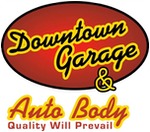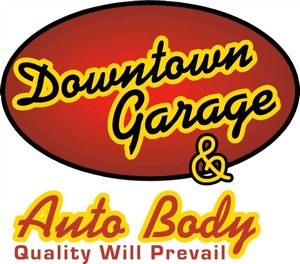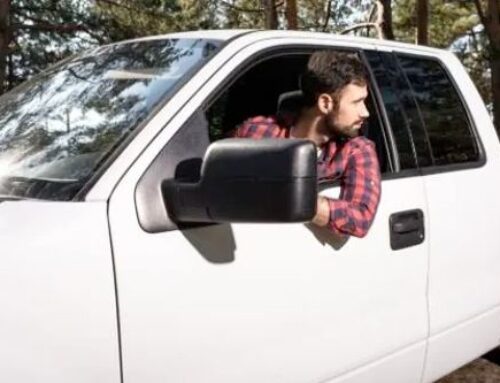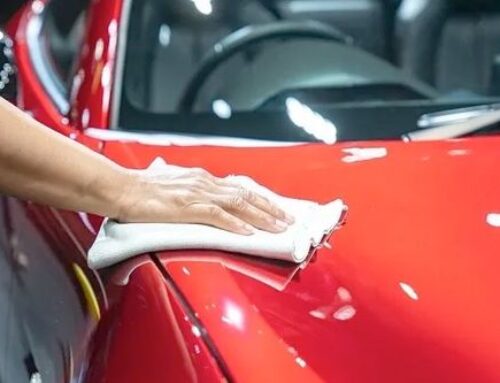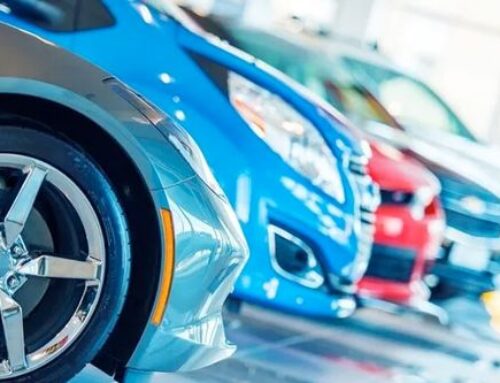Drivers rarely call tow trucks when they’re in the comfort of their own home. Instead, drivers call when a car’s on the side of the road, in a ditch, or in some similarly precarious place that has potential risks and dangers. If you’re ever waiting for a tow truck in a less-than-ideal location, keep these tips in mind to stay safe until the truck arrives.
Pull Out of the Flow of Traffic
If your car will still drive at least a little, remove it from the flow of traffic as much as possible.
In a city or town setting, try to get your car into a parking lot where you can safely leave it parked until the tow truck arrives. If no parking lot is available, turn onto a side street and park along the curb. Since fewer cars pass along a side street, an accident is less likely to occur here than on a main road through town.
If you’re on a highway when something goes wrong, side roads and parking lots likely aren’t an option. One of the next best choices is the side of an off-ramp if one’s in view, for vehicles travel slower on ramps than they do on the main highway. You might be able to drive along the shoulder until you reach a ramp if you can see one ahead.
Alternatively, pull your car over to the side of traffic. Try to get onto the right-hand shoulder rather than the left one because the right is generally considered safer. If the highway doesn’t have shoulders where you are, at least move into the right lane if you aren’t there already.
Should you have to pull over on the highway, angle your steering wheel to the right after you’re stopped (assuming you got to the right lane or shoulder). With your front wheels aiming to the right, your car should steer off the road if it’s struck by a passing vehicle. This isn’t ideal, but it’s better than having your car swerve into oncoming traffic.
Get to the Safest Place to Wait
Once your car is in the safest possible location, next determine where you should wait. Where you and any passengers with you should wait is highly dependent upon where the car broke down.
In cities and towns, you may be able to locate a nearby business that you can wait at. Restaurants and cafes are especially good places to go, as you can order a meal or beverage to help pass the time. In an emergency, however, any business that has an indoor area where you’re welcome to wait works.
In remote places and on busy highways, you likely won’t have the luxury of a business to wait at. You’ll instead need to determine whether you should remain in the car or get out of the car and away from traffic.
If your car is on the side of the road and you can safely exit the vehicle without going into traffic, see whether there’s an open area away from the road where you could wait. Look to get a good distance from the road, and head against the flow of traffic so that debris won’t fly at you if an oncoming vehicle strikes your car. Also, exit out the passenger door so you don’t go into traffic.
Sometimes, you can’t safely exit a vehicle. In these situations, you should remain in your car with your seatbelts on. The car and seatbelt will provide some protection if an oncoming vehicle swerves and hits you.
Consider a Call to the Police
Should you ever be stranded in an area that you feel is unsafe, you can call the police and ask them to wait with you. Of course, you always should call the authorities if someone in your car has been injured in an accident or if your car poses a threat to traffic.
If you need a tow truck, contact Downtown Garage & Auto Body.
